Submitted by WA Contents
BIG’s Suzhou Museum of Contemporary Art tops out with curved roofs in China
China Architecture News - Aug 07, 2024 - 15:25 5923 views
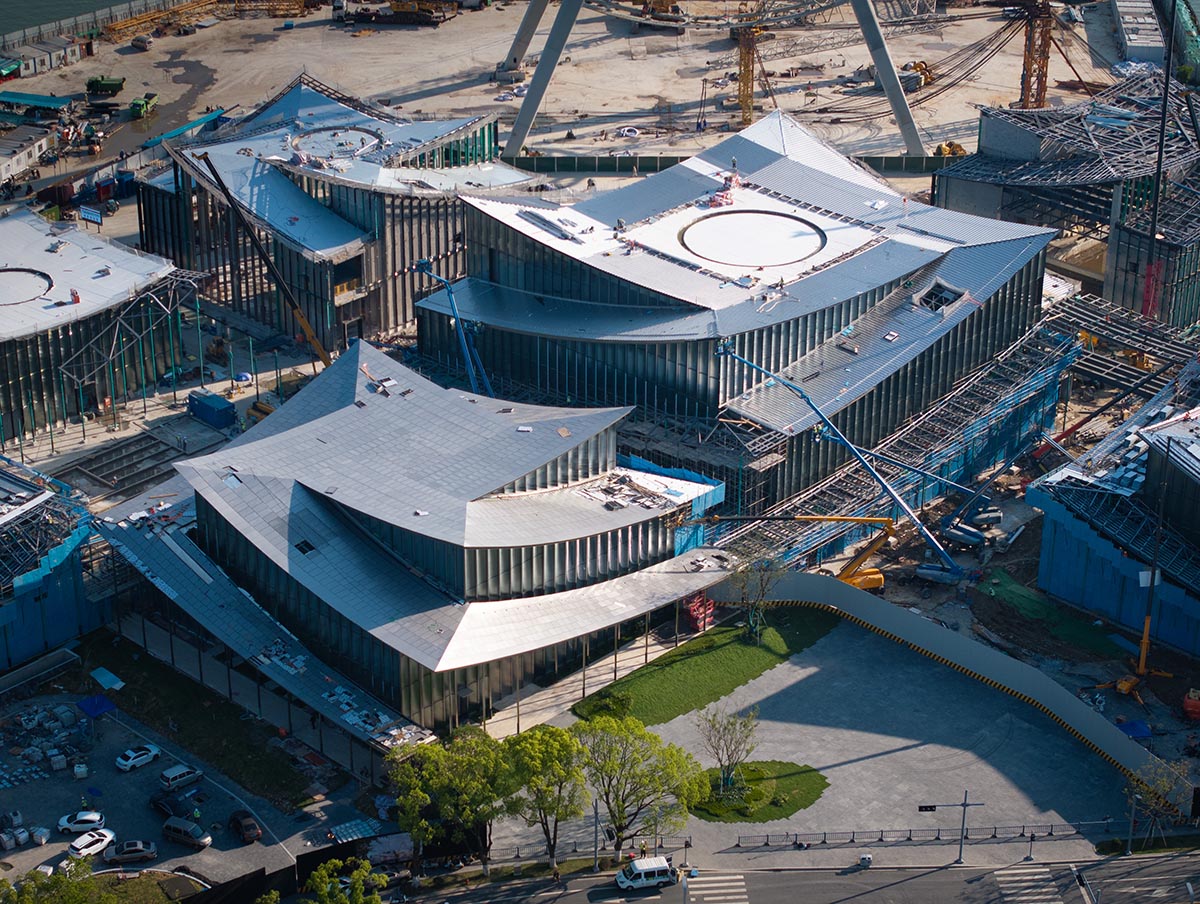
The Suzhou Museum of Contemporary Art, featuring curved roofs, has topped out in Suzhou, Jiangsu, China.
The new museum, designed by BIG, engineering firm ARTS Group, and architecture studio Font, spans 60,000 square meters and offers a contemporary interpretation of the features that have shaped the city's urbanism, architecture, and landscape for centuries.

The project is designed as a village of 12 pavilions. While four of the museum’s pavilions comprise the main gallery experience of the Suzhou Museum of Contemporary Art, and the five remaining pavilions feature a multifunction hall for events and lectures, a theater, restaurant, and grand entrance.
The project, which reimagines the traditional garden "lang," which means a line that traces a path, was created as part of the city's development of the Jinji Lake near the Suzhou Ferris Wheel. It frames gardens with outdoor art installations and comes together as pavilions.

The museum's design transports visitors on a journey through art, nature, and water while showcasing Suzhou's garden tradition.
The roof's ribbon, which stretches into a pattern of eaves that serve as covered walkways throughout the property, is the primary architectural feature of the museum.
Pavilions are framed by knots in the walkway's thread, and as a result, the architecture of the museum melds with the surroundings, connecting people to history, the city to nature, and water to land. From the Suzhou Ferris wheel, the draping walkways continue out into Jinji Lake, which is visible from above.

"Our design for the Suzhou Museum of Contemporary Art is conceived as a Chinese garden of pavilions and courtyards," said Bjarke Ingels, Founder and Creative Director, BIG – Bjarke Ingels Group.
"Individual pavilions are woven together by glazed galleries and porticoes, creating a network of interconnected sculpture courtyards and exhibition spaces. Weaving between the Ferris wheel legs, the museum branches out like a rhizome, connecting the city to the lake."
"The result is a manmade maze of plants and artworks to get lost within. Its nodular logic only becomes distinctly discernible when viewed from the gondolas above."
"Against the open space of the lake, the gentle catenary curvature of the roofs forms a graceful silhouette on the waterfront. Viewed from above, the stainless roof tiles form a true fifth facade," Ingels added.
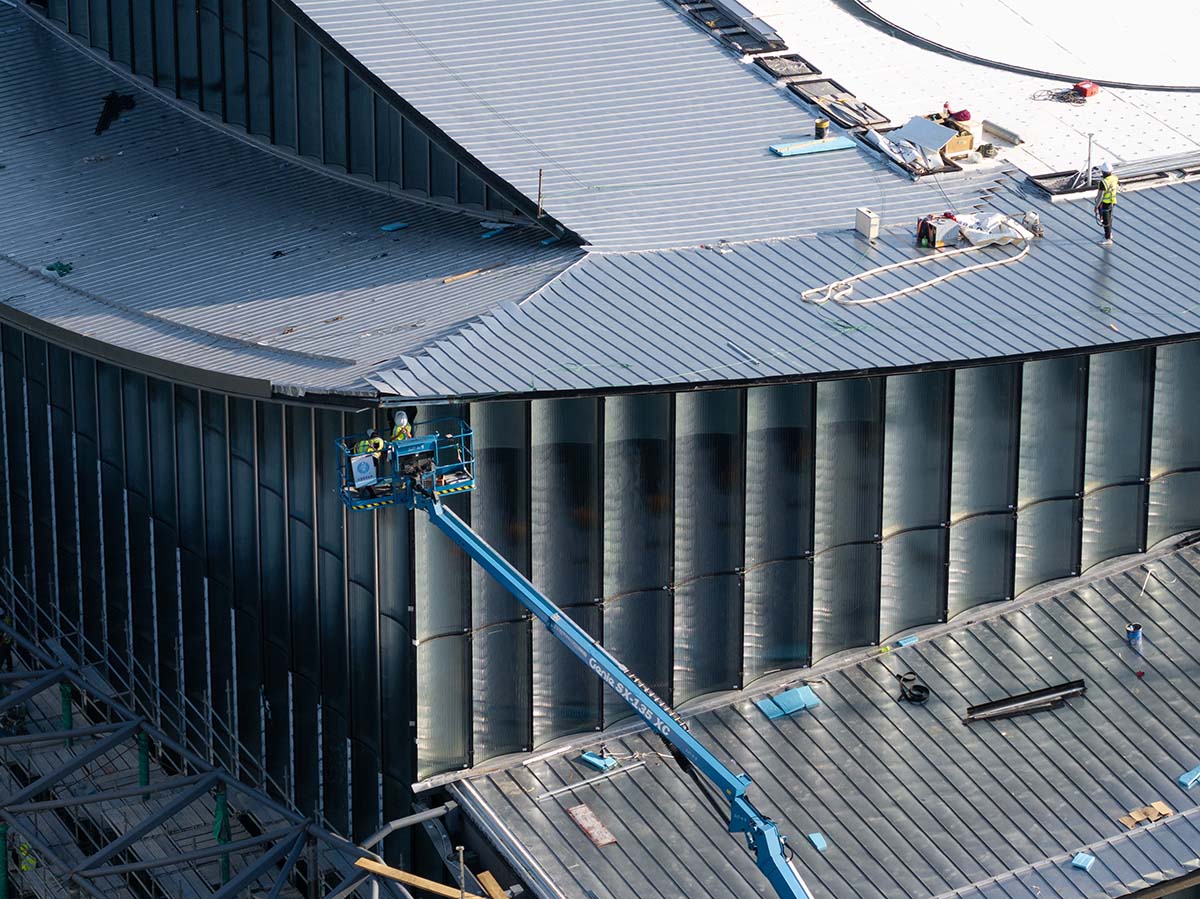
Each pavilion's façade, which is characterized by sloping roof eaves, is composed of warm-toned stainless steel that reflects the colors of the garden as well as rippled and curved glass.
Bridges and tunnels link the pavilions above and below ground, giving the museum the freedom to organize the exhibition's flow in accordance with the changing of the seasons and the featured artwork. Natural stone will be used to cover the paths that meander through the site.
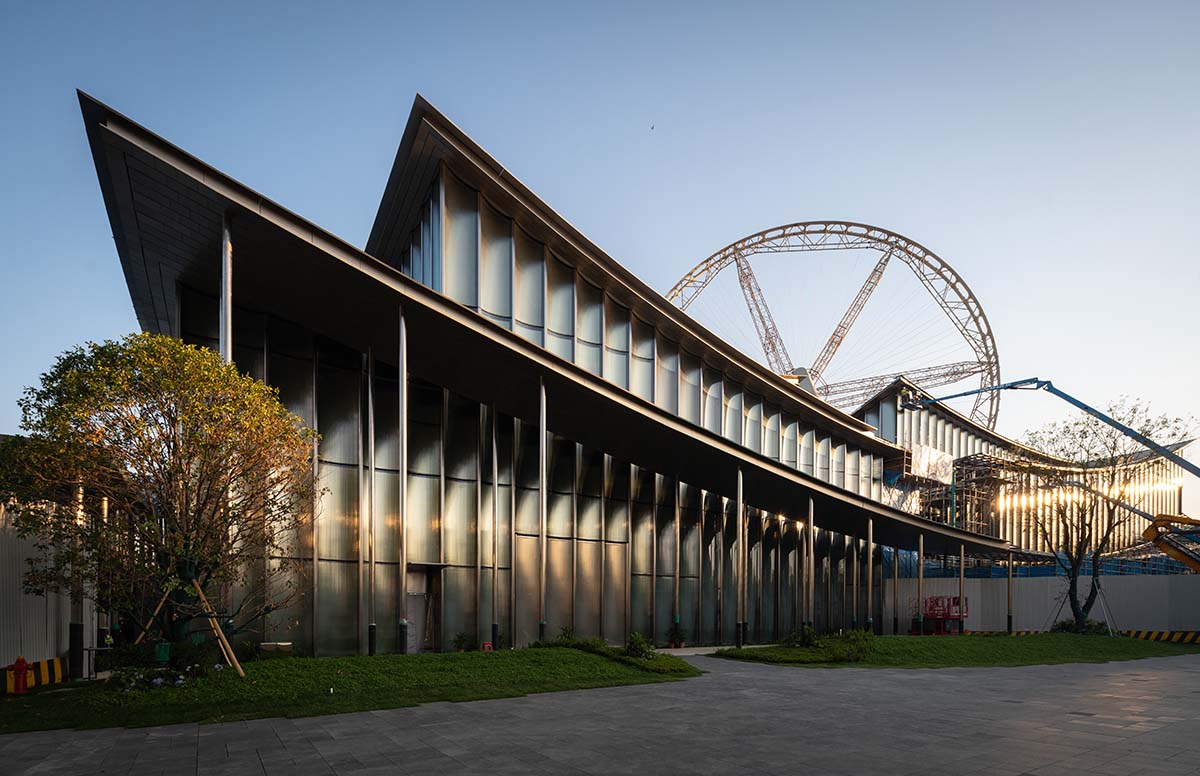
"The Suzhou Museum of Contemporary Art is a tribute to the rich garden heritage of Suzhou," said Catherine Huang, Partner in Charge, BIG – Bjarke Ingels Group.
"We envision the láng a traditional element of Suzhou gardens, gracefully winding through the landscapes and transforming into pavilions."
"In doing so, it frames the contemporary gardens, making them an integral part of the exhibition, as significant as the artwork within," Huang added.
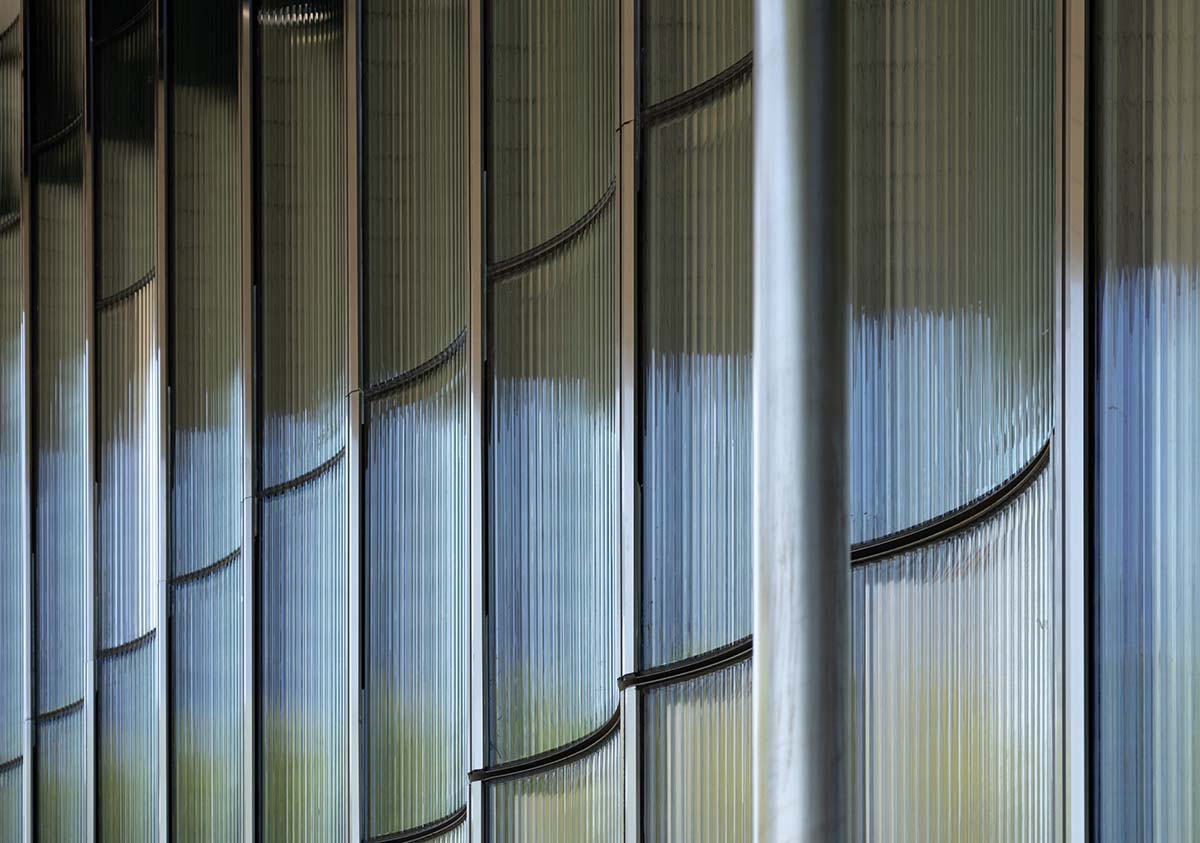
The Visitor Center, which serves as the museum's entrance, is situated in front of a large, welcoming plaza that greets visitors as they arrive. From there, guests can continue their exploration inside or outside, passing through the gardens and arriving at the water's edge.
Depending on their objectives or the weather when they visit, visitors can choose to wander along a continuous path or one that feeds into another path through the museum's interior. A theater will be located in one of the pavilions of the Suzhou Museum of Contemporary Art, a place where all cultures are welcome.
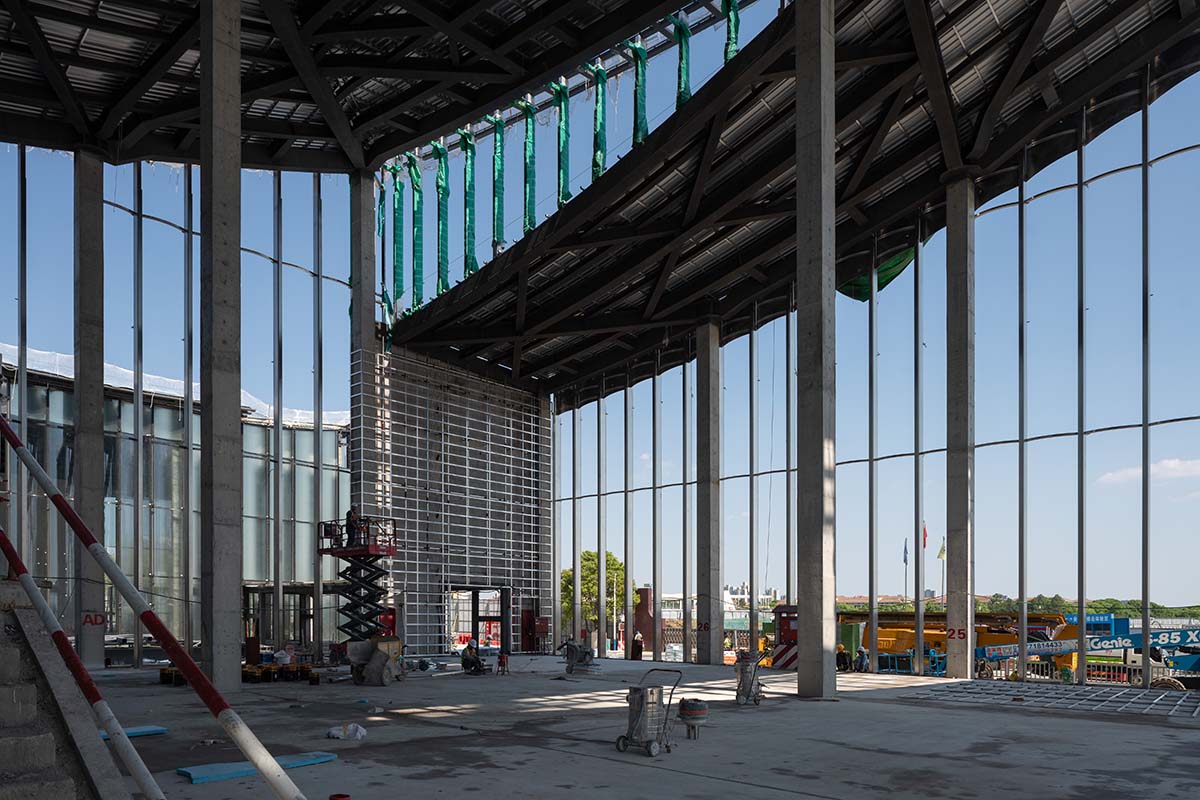
Through a network of connected gardens, the museum's landscaping serves as a public space in front of Jinji Lake, guaranteeing a rich public area surrounding the museum.
Outside of the museum's regular hours, contemporary artists' sculptures will provide Suzhou's residents with a cultural experience. As guests approach the waterfront, the individual gardens will progressively transition from mineral to green to finally water-themed planting.
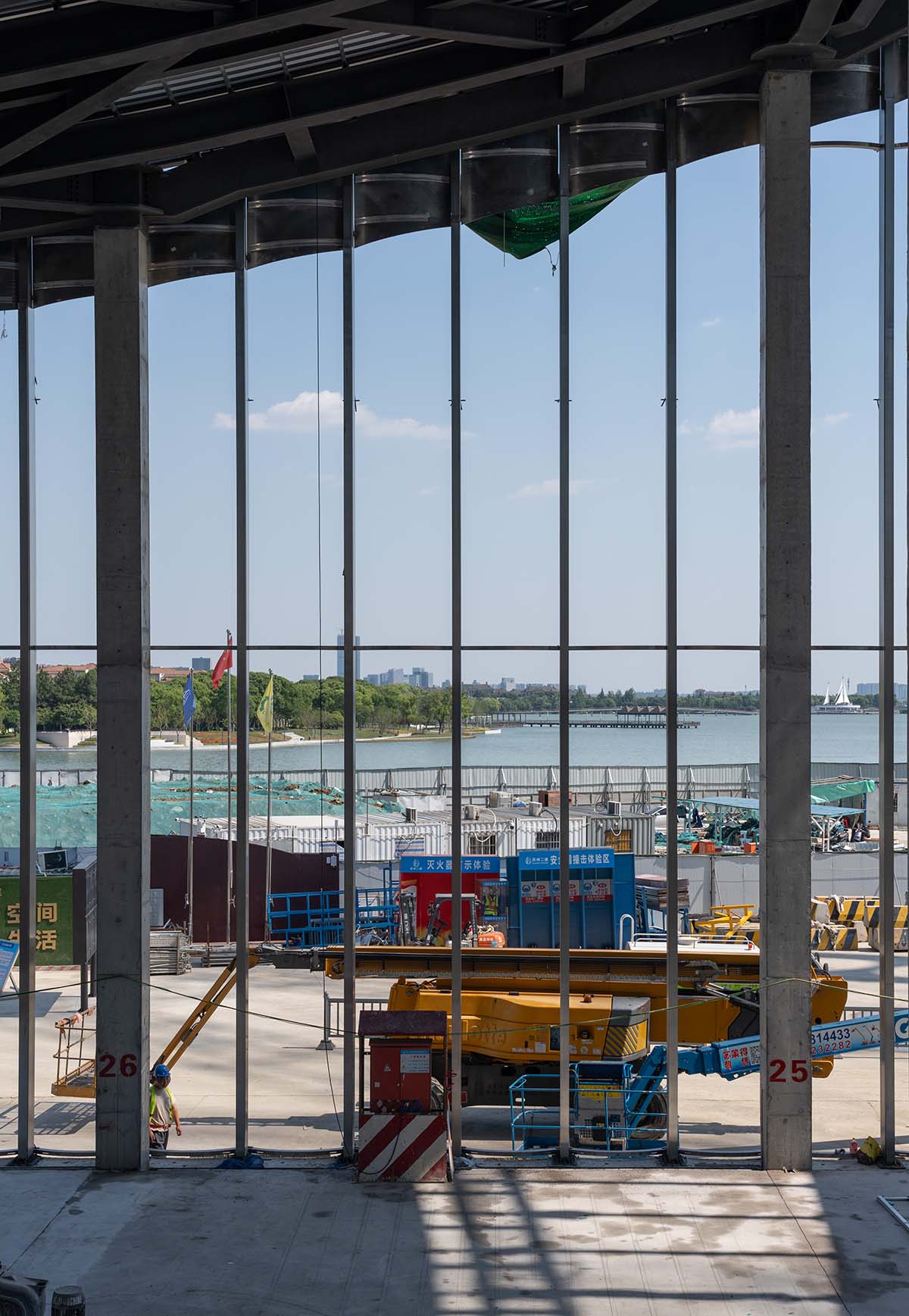
Suzhou Museum of Contemporary Art adheres to the GBEL Green Star 2, a Chinese sustainability certification that takes into account social as well as technical sustainability.
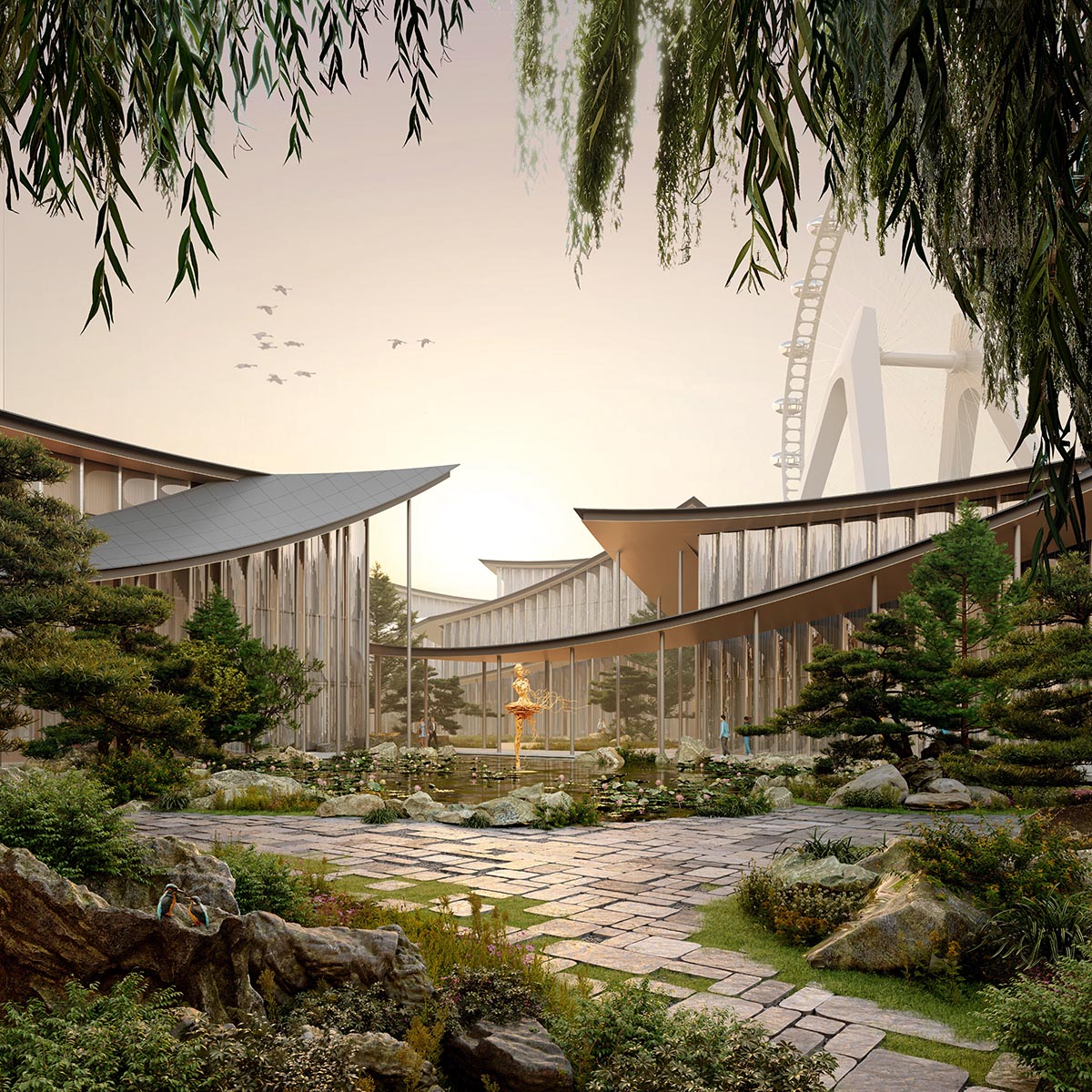
Render © ATCHAIN
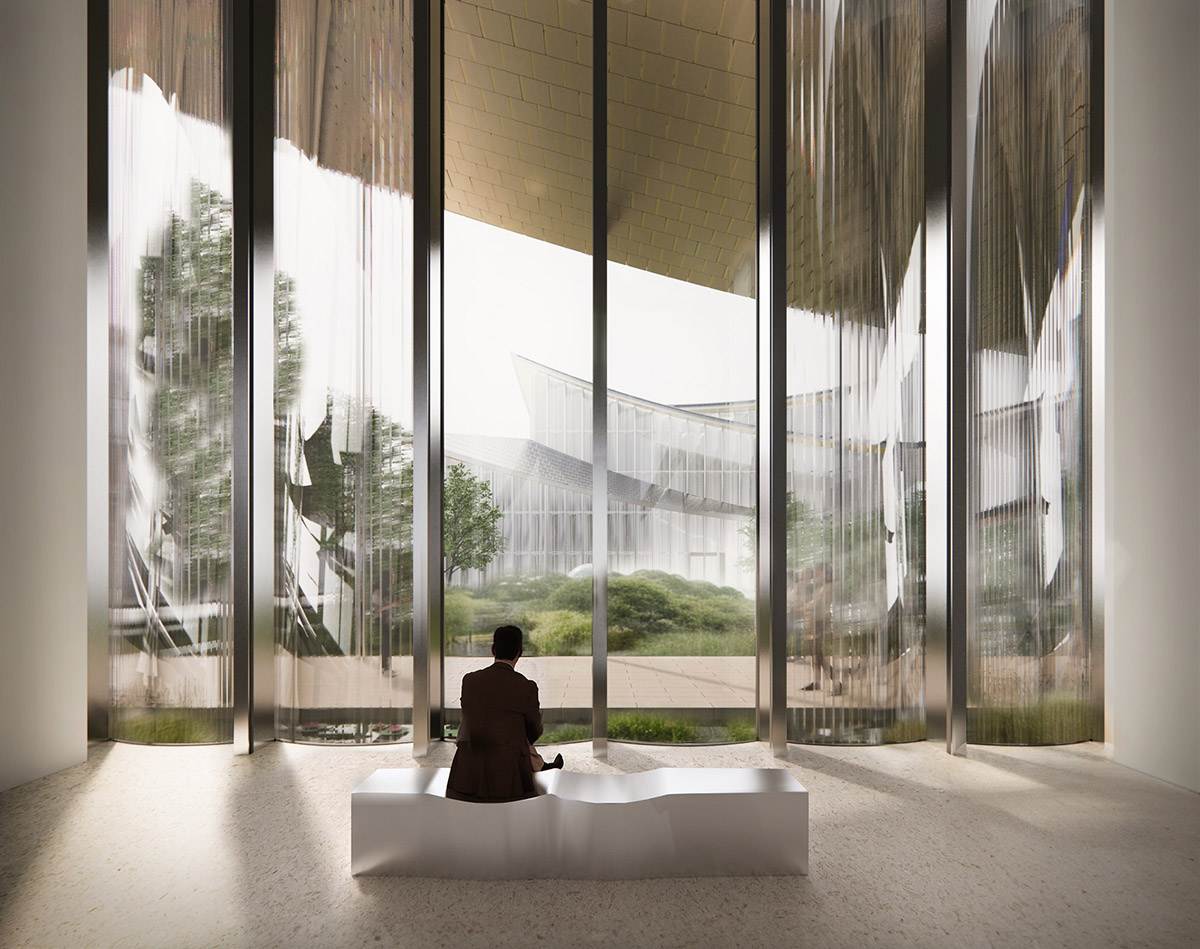
Render © BIG

Render © Bucharest Studio
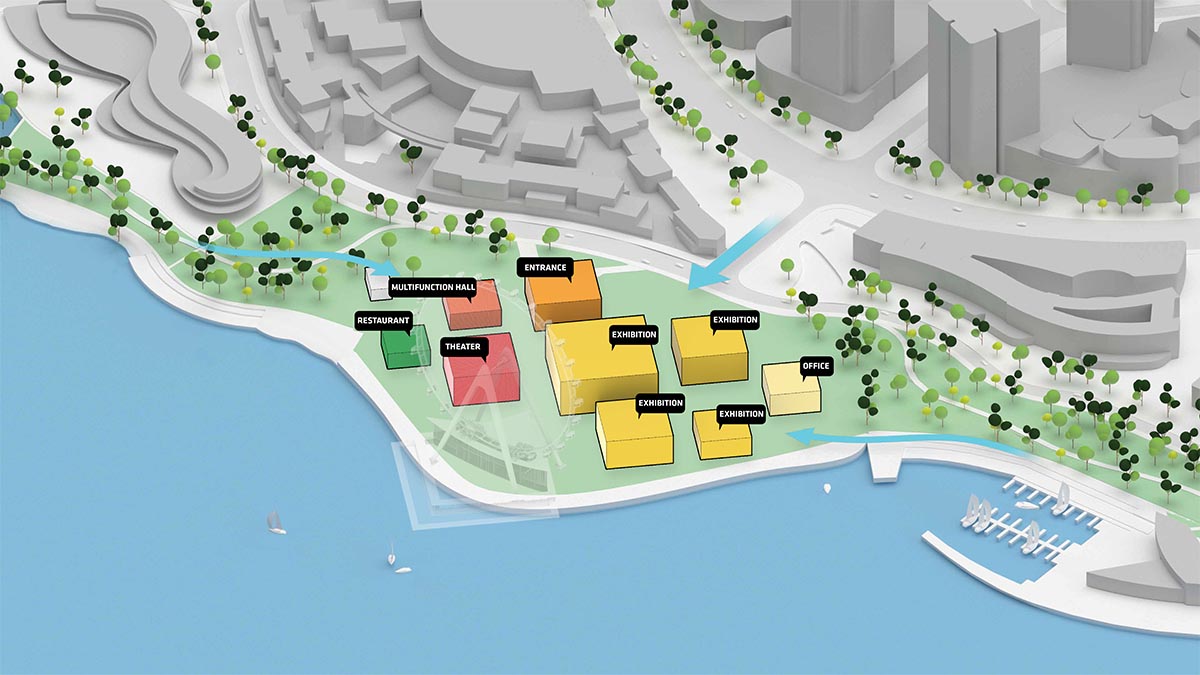
Drawing courtesy of BIG
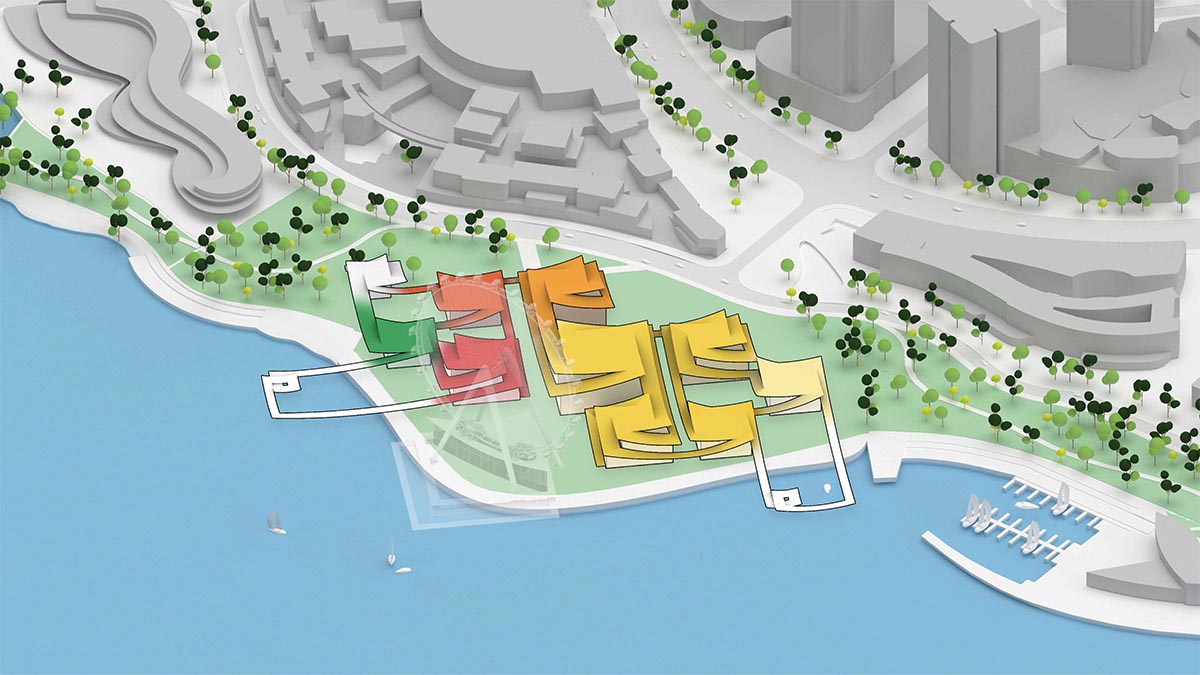
Drawing courtesy of BIG
BIG recently unveiled design for a group of holiday villas on Japan’s Sagi Island called NOT A HOTEL Setouchi. In addition, BIG, BNIM, and the University of Kansas School of Architecture & Design unveiled the Makers' KUbe, a remarkable 50,000-square-foot mass timber building intended to serve as a symbol of innovation and sustainability.
Project facts
Name: Contemporary Art Museum of Suzhou
Size: 60,000m2
Location: Suzhou, Jiangsu, China
Client: Suzhou Harmony Development Group Co. Ltd,
Collaborators: ARTS Group Co., Ltd.Front Inc., Shanghai Shuishi Landscape Design Co.,Ltd, Rdesign International Lighting
Project Team
Partners-in-Charge: Bjarke Ingels, Catherine Huang
Project Manager: Molly Hsiao Rou Huang
Project Architect: Tyrone Cobcroft, Kekoa Charlot, Tseng-Hsuan Wei
Design Lead: Matteo Pavanello, Christian Vang Madsen, Athena Morella
Team: Chih-Han Chen, Tomasz Jakubowski, Aileen Koh, Amanda Lima Soares Da Cuncha, Arda Özker Cincin, Cris Guoyu Liu, Desislava Georgieva, Eddie Can, Federico Martínez De Sola Monereo, Filip Fot, Filippo Cartapani, Finn Nørkjær, Haochen Yu, Huiyao Fu, Izabella Banas, Jakub Kulisa, Jan Magasanik, Jana Semaan, Jason Cheuk Hei Lee, Jiaqi Yang, Jiawen Huang, Julia Wilkosz, Jurica Pajic, Mathis Paul Gebauer, Megan Nhat Xuan Dang, Narisara Ladawal Schröder, Ole Elkjær-Larsen, Oliver Steen, Paula Domka, Pei Huang, Philip Kaefer, Pheobe Cowen, Riad Tabbara, Romain Thijsen, Shu Du, Sol Anaid Chaocon Levin, Tarek Shater, Todor Todorov Rusev, Xavier Thanki, Yanis Amasri Sierra, Yihan Liu, Yingying Guan, Zahra Khademi, Zhonghan Huang, Zuzana Faskova.
BIG Engineering: Andrea Hektor, Adele Scampoli, Alexander Gale Heiede, Andreas Bak, Bjarke Koch-Ørvad, Cristina Minguela, Ingrid Albina Oliva Lampa, Janis Bronka, Jens Max Jensen, Jesús Fernández Lindqvist, Jonathan Russell, Kannan Selvaraj, Konstantinos Koutsoupakis, Maria Capuozzo, Miles Treacy, Thomas Lejeune, Tim Christensen.
Photographs © Justin Szeremeta.
> via BIG
